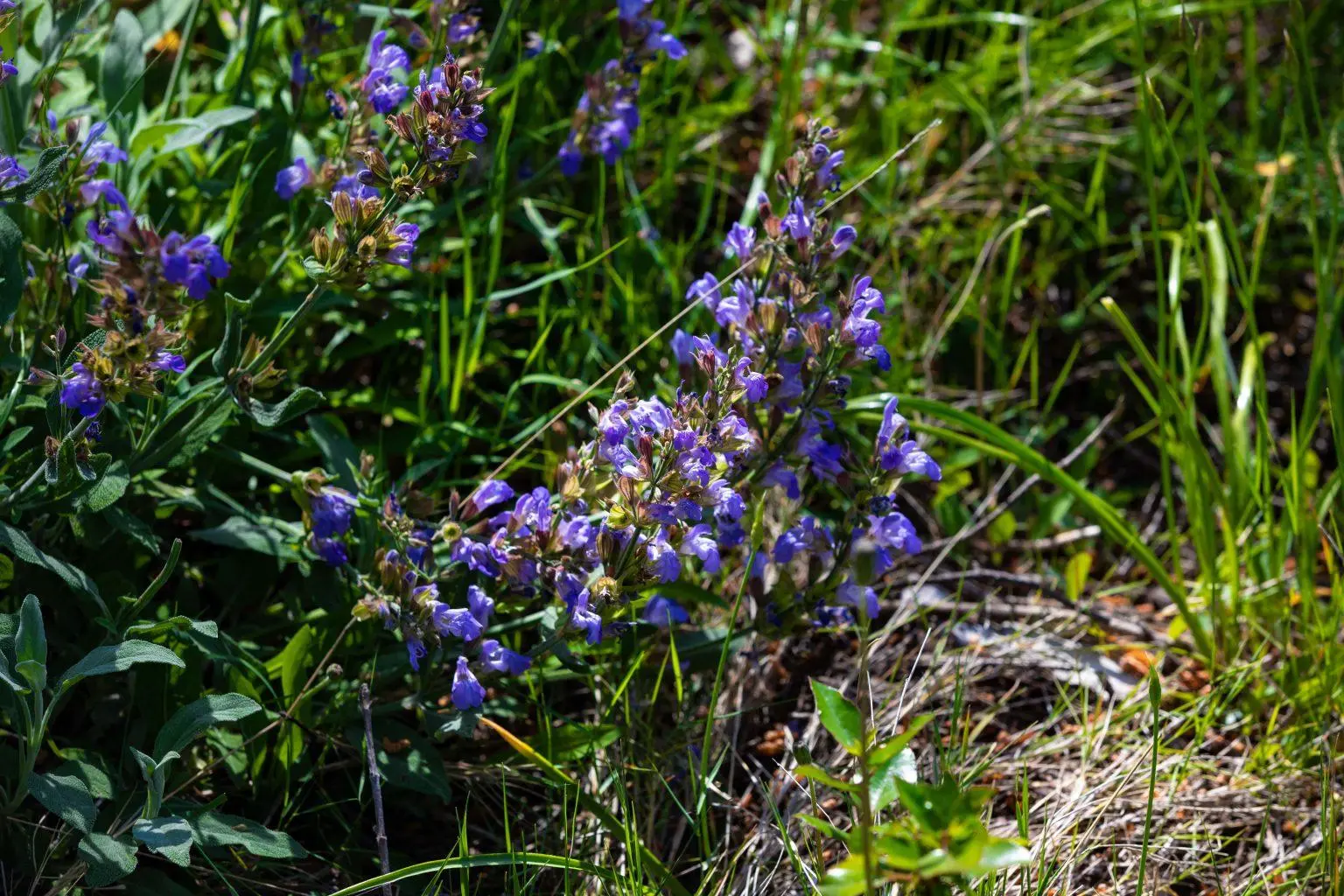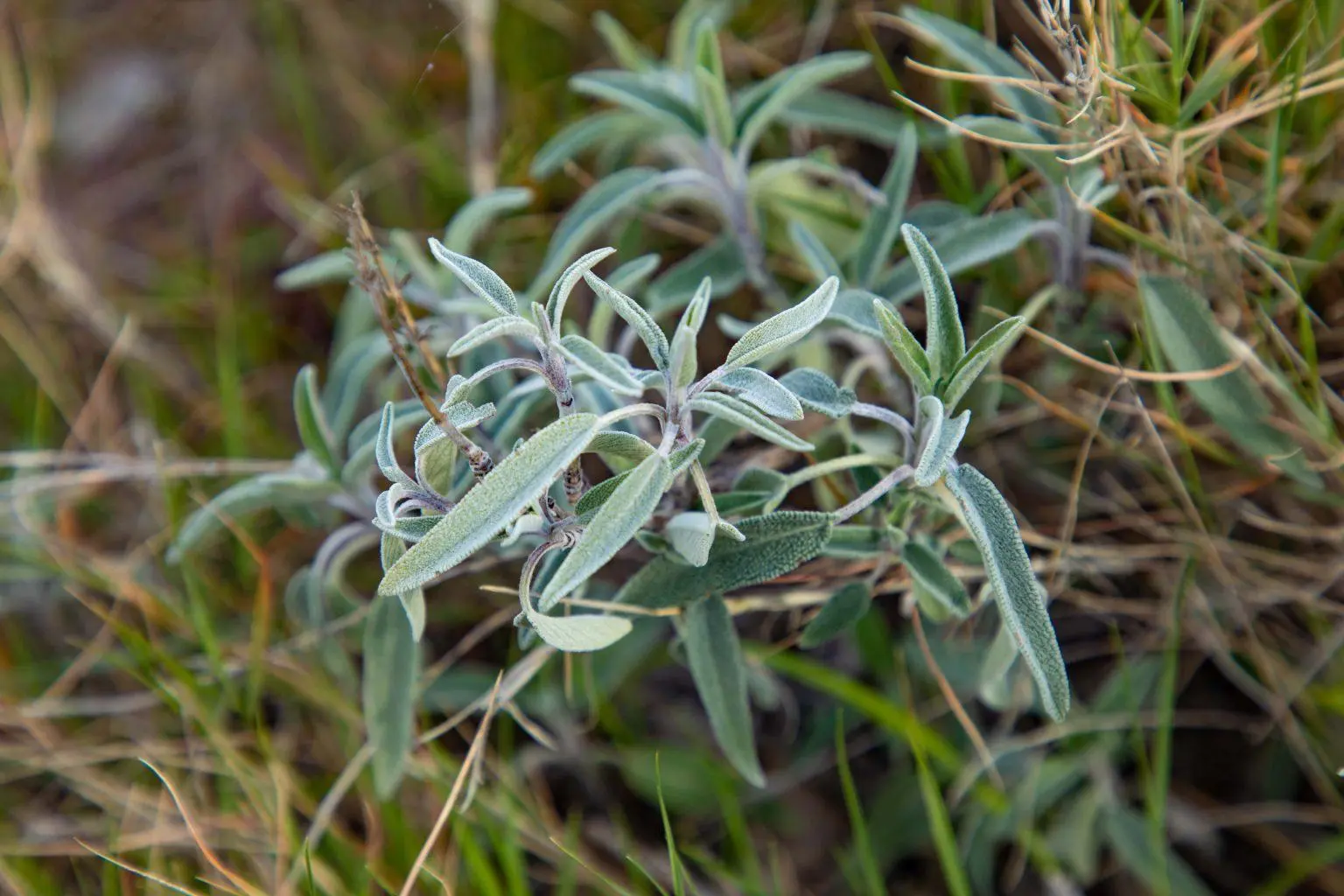

Regarding plant geography, Marjan is a part of the Mediterranean region of the littoral vegetation belt and the Eumediterranean zone of evergreen forests, where the fundamental forest vegetation are the forests of evergreen oak Quercus ilex L., and it also includes the community of mixed forests and maquis of evergreen oak and manna ash Fraxino orni-Quercetum ilicis H-ic. (1956) 1958. The evergreen oak forests on Marjan are predominantly in the degradation stage of maquis, garrigue, and bare rock. On the other hand, horticultural cultivation and the Aleppo pine monoculture have prevented the development of evergreen oak forests. The extensive diversity of Marjan is also demonstrated by certain endemic, strictly protected plants, with the exception of small agricultural areas on the southern side, which was used for growing vegetables, grape vines, olives, and other fruit.
The flora of Marjan is very rich, which is attributed to the mild Mediterranean climate and various types of habitats – from rocky dry grasslands, garrigues, maquis, forests, rock cracks, rocky sea shore, ruderal, and agricultural habitats. Several botanists have conducted research into the flora of Marjan: Petter (1832), Hirc (1910), Girometta (1922), Matković (1959), Ruščić (2002 to 2015). The human influence through history has been reflected on the appearance and the degradation of the flora on Marjan. Uncontrolled deforestation and a large fire have completely turned Marjan to bare rock. The subsequent activities included forestation using an allochthonous species – Aleppo pine Pinus halepensis, which is almost the monoculture on the northern side of Marjan. The revitalisation of the autochthonous maquis between the tall pine trees has been established.
The human influence has reflected on the autochthonous flora of Marjan through the importation of allochthonous invasive species, the most represented of which is the tree of heaven Ailanthus altissima (Mill.).




